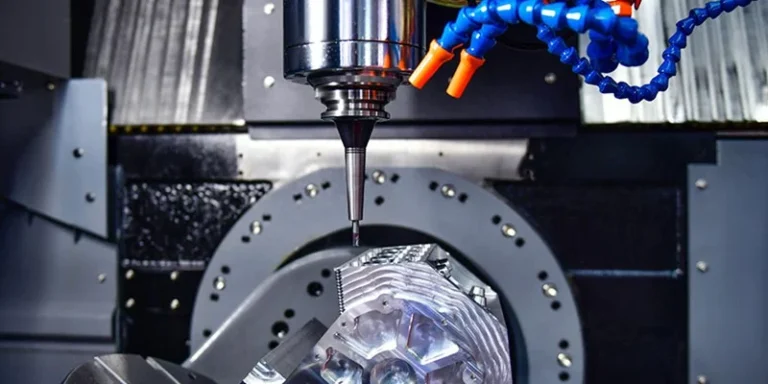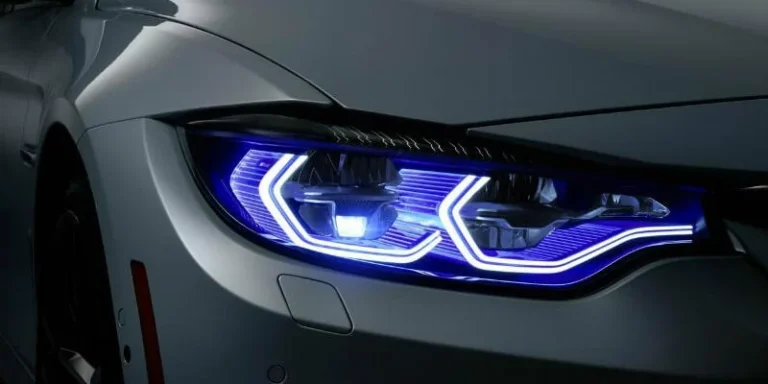Computer numerical control (CNC) and manual machining both aim to achieve the same end result, but they differ significantly in their operation and the quality of the final product. While CNC machining is renowned for its precision and automation, manual machining offers its own distinct advantages.
If you’re uncertain about which method to select for your production requirements, a thorough comparison can assist in making an informed choice. This article explores both processes, examining their pros and cons, as well as cost considerations.
What Is The Difference Between CNC Vs. Manual Machining?
The primary distinction between CNC machining and manual machining lies in their methods, precision, and the type of control they employ. Here is an overview of both processes and how they meet various manufacturing needs.
CNC Machining
CNC machining has gained popularity in modern manufacturing due to its accuracy, ability to handle complex tasks, and flexibility. Its high scalability makes it ideal for both prototyping and part production.
The CNC machining process is powered by fully automated, pre-programmed computer software, which operates using a sophisticated series of numerical codes. This automation significantly reduces the need for human intervention.
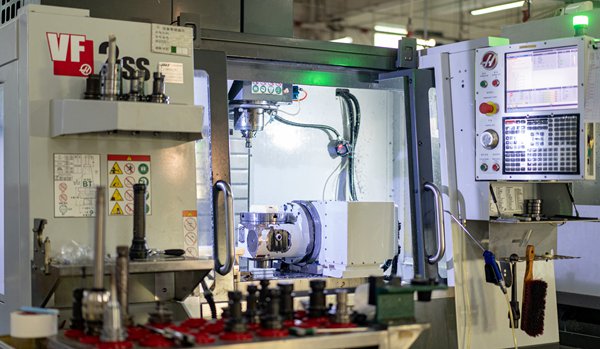
Custom-coded instructions govern the movements of precision tools like mills, lathes, grinders, and lasers. These tools are capable of creating intricate geometric shapes and components from a variety of materials, including metal and plastic.
Manual Machining
Manual machining is operated by hand and relies on the expertise of skilled machinists to manage the entire system. In this process, manually operated tools such as mills, lathes, saws, and grinders are used to shape and cut various materials.
Unlike computer-controlled CNC machines, manual machines depend on highly skilled operators to control the feed rate, speed, and depth of the cut. This requires careful tool selection and frequent adjustments to ensure precision and quality.
Pros And Cons Of CNC Machining And Manual Machining
Each process has its own advantages and disadvantages when it comes to precision, labor requirements, and production quantity. Here is a detailed comparison of manual machining versus CNC machining to help you make an informed decision for your production needs.
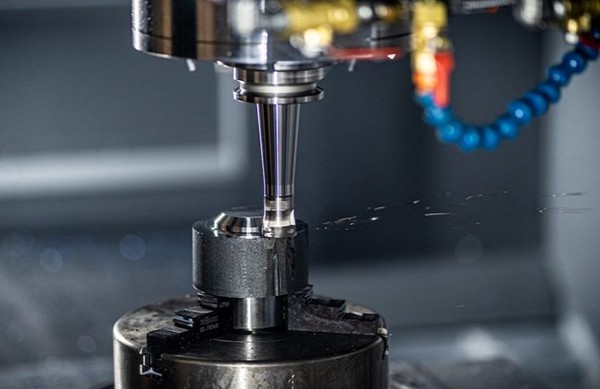
Pros of CNC Machining
- Production Speed: Compared to manual machining, CNC machining offers faster production speeds and higher output. This efficiency helps manufacturers reduce bottlenecks and easily manage volume production.
- Repeatability: When performing the same tasks repeatedly, the repeatability of CNC machines ensures consistent outcomes throughout the process. The absence of human error allows CNC machining to deliver precise and identical results after each cycle.
- Lower Labor Costs: Although CNC machines still require operators, the level of expertise and skill needed is lower than for manual machines. In fact, a single operator can often manage multiple CNC machines simultaneously, significantly reducing labor costs.
- Complex Designs: The CAD (computer-aided design) and CAM (computer-aided manufacturing) software used in CNC machines enables manufacturers to produce complex designs, including multi-axis contours and curves, with ease.
Cons of CNC Machining
- Higher Cost: The initial investment in CNC machines is substantial due to the high cost of the equipment and installation.
- Costly Maintenance: Although CNC machines have a lower likelihood of breakdowns, any malfunctions that do occur require the expertise of highly skilled professionals, which can be expensive.
- Programming Skills: CNC machines rely on specific codes for operation, necessitating a skilled programmer to create and set these codes. This requirement adds an additional cost to the overall machine setup.
Pros of Manual Machining
- Lower Cost: Manual machines require a lower initial investment, making them suitable for small manufacturers with budget constraints.
- No Need for Programming: Manual machines do not require advanced programming or code creation. Instead, the skilled operator handles all aspects of machine tools and controls.
- Easy Maintenance: Manual machines are easier and less expensive to repair in case of breakdowns, resulting in lower maintenance costs.
- Better Customization: Manual milling machines are often preferred for one-off projects due to their flexibility and adaptability in the production process. They can meet unique demands that CNC machines may not be able to accommodate.
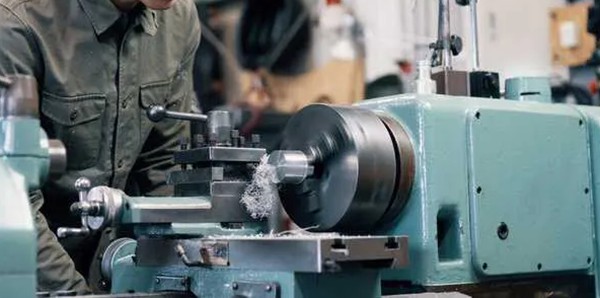
Cons of Manual Machining
- Slow Production: The manufacturing process with manual machining is relatively slow, resulting in lower final output. While CNC machines can complete tasks in a few hours, manual machines may require tens of hours or even days to achieve the same results.
- Higher Human Error: Due to the high dependency on human operators, manual machines often lack the precision of CNC machines, leading to a higher possibility of human errors.
- Dependency on Labor Expertise: The output of manual machining is heavily reliant on the skill level of the operator. This dependency can lead to higher labor costs, as more experienced and skilled operators are required to achieve quality results.
Different Factors Affect The Cost Of CNC Vs. Manual Machining
While it’s clear that CNC machining is significantly more expensive than manual machining, several key factors influence the cost of both methods. Here is a comparative analysis of these factors:
| Cost Factors | CNC Machining | Manual Machining |
| Labor Cost | Lower labor costs due to higher automation | High labor cost due to expertise required |
| Programming | Skilled programmer required for coding purposes | Not required |
| Waste Product | Less material waste | More material waste |
| Maintenance Issues | Self-detection of issues but high maintenance cost | More breakdown issues but low maintenance cost |
| Industry Demand | More in demand due to precision and higher output | Less demand due to limited output and slow production |
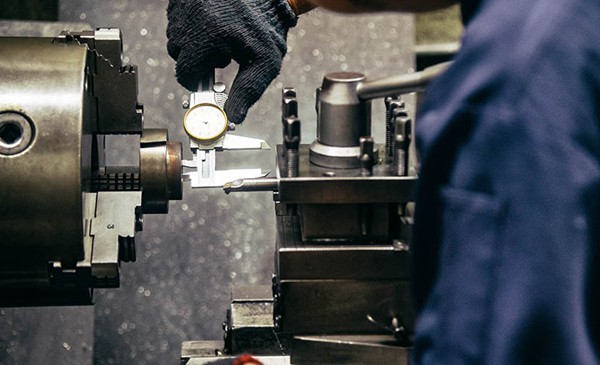
True Cost Difference Between CNC And Manual Machining
CNC machining is regarded as superior because it operates 75% to 300% faster than manual machines. With efficient output and quicker turnaround times, CNC machines also ensure a lower scrap rate. Therefore, despite the higher initial cost, CNC machining is a worthwhile investment.
| CNC Machining | Manual Machining | |
| Equipment Cost | Starts at $5000 | Starts at $3000 |
| Lathe Cost | $5,000 | $1,000 |
| Per Hour Cost | $80 per hour for a 3-axis machine | $40 per hour |
What Are The Applications Of CNC Machining Vs. Manual Machining?
The applications of manual machining and CNC machining vary based on the nature of the task, the desired level of precision, and the final throughput requirements.
Applications of CNC Machining
Different Industrial Uses
CNC machining is ideal for industries that require high-volume production. For example, the automotive industry relies on CNC mills and lathes to produce engine components and transmissions efficiently. In contrast, using manual machining in these scenarios would significantly slow down the manufacturing process.
Prototyping Tasks
CNC machining is highly favored during the prototyping phase of product development. CNC lathes, mills, and other equipment can create prototypes that closely match the final parts, allowing manufacturers to test and refine designs before proceeding to mass production.
Rapid Tooling Applications
CNC machining is the preferred choice for rapid tooling, as it can handle tough materials and alloys effectively. Conversely, manual machining can be more challenging when working with hard materials.
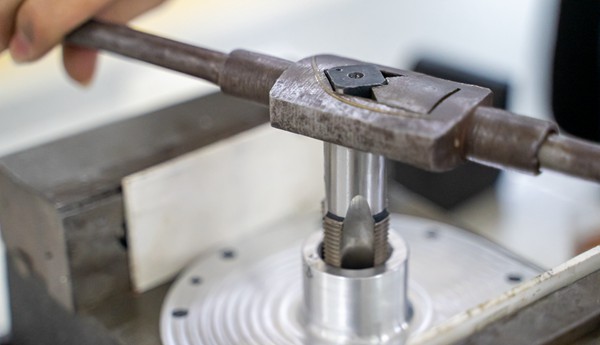
Applications of Manual Machining
Small-Scale Projects
Manual milling machines, lathes, and cutting tools are more suitable for small-scale or single tasks, as they are quicker to set up and do not require complex coding.
Personal Craftsmanship and Customization
Manual machining excels in scenarios where personalization is prioritized over bulk production. For example, artistic metalwork or specialized prototypes benefit from the operator’s expertise, allowing them to handpick workpieces and cutting tools for specific operations.
Repair and Maintenance
When repair parts for older machinery are unavailable or hard to find, manual machining provides a solution by enabling the custom fabrication of replacement parts on demand.
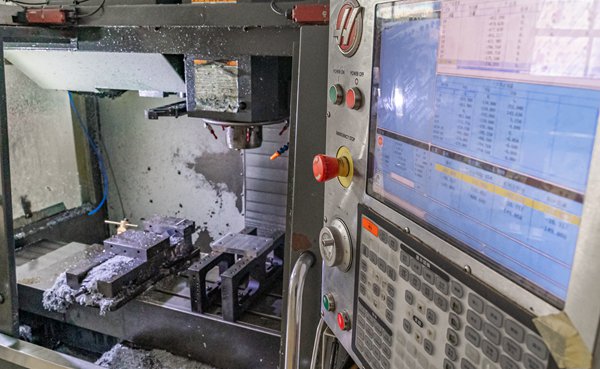
CNC Vs. Manual Machining: Which One Is Suitable For Your Needs?
Now that you understand the differences between CNC and manual machining, it will be easier for you to determine which option best suits your production needs.
If your project requires complex geometries, precision, and high repeatability, CNC machining is the ideal choice. Conversely, if you are looking for a cost-effective solution with a focus on customization, manual machining would be more suitable.
In addition to your specific outcome needs, it is crucial to consider your budget before making a final decision. Ultimately, your project requirements, budget, and desired outcomes are the three key factors that will guide your choice between CNC and manual machining.
Get Started With CNC Machining At AS Prototypes
AS Prototypes offers custom CNC machining solutions tailored to meet your specific requirements. From prototype to production, our advanced CNC machines and skilled machinists work with a variety of materials to deliver components and parts with precision and detail.
Partner with AS Prototypes to experience efficient project management, quick turnaround times, and competitive pricing. Begin your CNC machining journey with AS Prototypes today.
FAQ
Q1: What types of materials can AS Prototypes work with?
A1: AS Prototypes can handle a wide range of materials, including metals, plastics, and composites. Our advanced CNC machines and skilled machinists are equipped to work with various materials to meet your specific project requirements.
Q2: What is the typical turnaround time for a CNC machining project?
A2: The turnaround time for a CNC machining project at AS Prototypes varies depending on the complexity and volume of the order. However, we pride ourselves on efficient project management and strive to deliver fast turnaround times to meet your deadlines.
Q3: Can AS Prototypes handle both prototyping and production runs?
A3: Yes, AS Prototypes is equipped to manage both prototyping and production runs. Whether you need a single prototype or a full production run, our advanced CNC machines and experienced team are ready to deliver high-quality results.
Q4: How does AS Prototypes ensure the accuracy and detail of machined parts?
A4: At AS Prototypes, we utilize state-of-the-art CNC machines and employ skilled machinists with extensive experience. Our rigorous quality control processes ensure that every component and part is manufactured with the highest level of accuracy and detail.
Q5: What makes AS Prototypes a cost-effective choice for CNC machining?
A5: AS Prototypes offers competitive pricing without compromising on quality. Our efficient project management, advanced machinery, and skilled workforce allow us to provide high-quality CNC machining services at affordable prices.
Q6: How can I get started with a CNC machining project at AS Prototypes?
A6: To get started with your CNC machining project at AS Prototypes, simply contact us with your project details. Our team will work with you to understand your requirements and provide a tailored solution to meet your needs.


